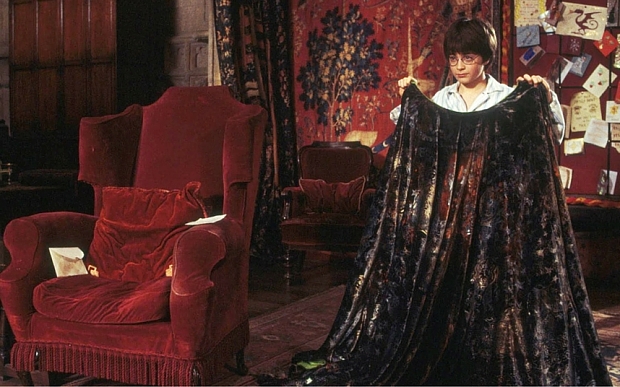The researchers at the Columbia University have created a futuristic and quite unbelievable self sufficient camera. A simple video was shown first by the researchers wherein a person was seen changing his facial expression each time, he moves his head either upside and down followed by side to side movement. This video appeared to shot centuries ago but the concept and design is relatively new and refreshing in every essence.
The video here is not in the question but the device with which this video is recorded is turning heads. This particular camera has used a cutting edge, futuristic technology which uses light both as source of creating video and harnessing power for the device. This can certainly bring in a new age of battery less camera, which will keep recording videos as long as there is light.
How this concept works?
The researcher states that they had combined the two different concepts in the mechanism of this camera. One concept center around the camera’s image senor capability of collecting and measuring light along with another concept which uses the photovoltaic cells to convert some of the captured by camera into harnessing energy for the device. It is still an earlier stage of development wherein the researchers at Columbia University were able to develop a self-sufficient camera.
How this new camera works?
This new self-sufficient camera works directly on the lines of the concept put forward by the researchers. This camera during each of the image capture cycle first works towards records the lights into pixels for producing images, later on it harvest energy and in return works towards charging the sensor’s sensor supply. It is a brilliantly devised concept, which helps in killing two birds with one stone. Capturing of images and powering of the device is done simultaneously in this process.
Future prospects of this self-sufficient camera?
As said earlier this camera happens to be in crude development stage but it shows a greater promise for wide applications in future. It can easily become a critical part of the networks, prominent feature in consumer electronics along with wearable gadget and other Internet of Things devices. The creator of this camera Shree Naya, Columbia computer science professor, was upbeat about this self-powered camera. He states that very soon companies will be willing put this kind of powerful camera device in their products, which can return high quality images at minimal energy requirements.
This research will be presented as a team’s research at the upcoming IEEE International Conference on Computational Photography in Houston. This self-powered camera not only will provide high quality images but it can keep working tireless to almost forever, as it is self sufficient in harvesting energy. It can see a mainstay use in the popular consumer electronics like smartphone, tablets and other devices. In the security industry, it can work like a charm for providing unlimited supply of surveillance without the need of any external power source.








